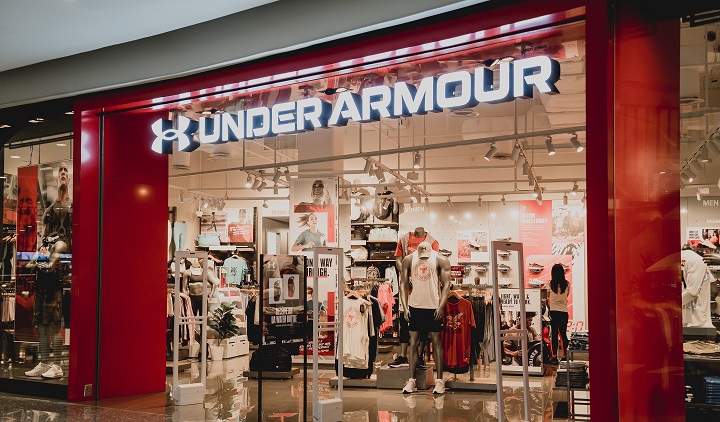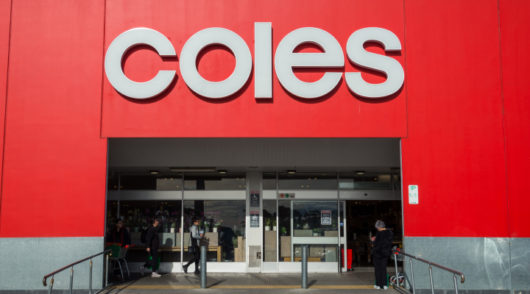Under Armour started off its fiscal year 2024 with a net revenue of US$1.3 billion for the first quarter, down 2.4 per cent year over year.
For the three months ended June 30, the company’s wholesale revenue dropped 6 per cent to $742 million, while direct-to-consumer revenue and owned and operated store revenue were up 4 per cent and 3 per cent, respectively.
North America revenue saw a 9 per cent decline to $827 million, and international revenue increased 12 per cent to $485 million.
Gross margin was down 60 basis points to 46.1 per cent, attributed to higher promotions and adverse effects from changes in foreign currency, partially offset by supply chain benefits related to lower freight expenses.
“We’re pleased with how we have navigated our start to fiscal 2024,” said Stephanie Linnartz, Under Armour president and CEO.
International and direct-to-consumer businesses continue to deliver amid a challenging consumer retail environment in North America, Linnartz continued.
The company maintains its outlook for FY24, with revenue expected to flat to up slightly and gross margin increase 25 to 75 basis points.
‘Sombre’ start
“Under Armour has kicked off its new fiscal on a very sombre note, with a slide in sales interrupting the momentum that was building at the end of the last financial year,” said analyst Neil Saunders, MD of GlobalData.
The decrease in revenue followed last year’s sales drop of 0.2 per cent, which may reopen questions about the brand position, Saunders commented.
Despite the current challenging environment and shoppers cutting back on spending, sales of sporting and athleisure categories have held up well and rival brands have been reporting positive results.
“As such, we believe that most of the blame for the current slump must be firmly placed at Under Armour’s door.”
The main problem is in North America where sales dropped by a sharp 9.1 per cent, and there are three contributing factors, Saunders elaborated.
“First, Under Armour sells through some troubled retailers, such as Kohl’s, and their woes, which include declining footfall, impact wholesale orders. Second, the poor standards and a lack of operational discipline at those retailers means Under Armour products are not displayed well and are therefore overlooked by shoppers. Third, many of the demographics at these retailers are slightly more impacted by inflation and have cut back more severely.
“One of the things that makes it hard for Under Armour to open more own-brand stores, and which affects the quality of the results in general, is the fact that the brand is still a bit muddled and hasn’t fully worked out its point of differentiation or uniqueness in the market,” Saunders said.
The quality of collections in stores is weaker compared to a year ago, which can result in customers shifting their attention to other brands, he assessed.
This forces the company to offer more promotions to improve sales, ultimately affecting gross margin and operating income.






